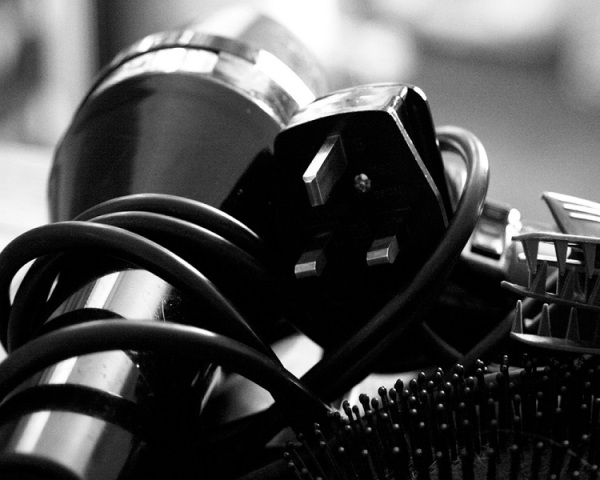The modern hair styling has evolved from a long and deep history of its own. Read on to get interesting information on the origin & background of hair styling.
History Of Hair Styling
Hair styling has been one of the prominent forms of adornment among men and women. Until 1990s, the popular notion among people was that the hair style stands for the person’s age, marital status, religious beliefs and social class. For example, the ladies of Roman Empire belonging to high and rich class used to have hair in long curls, dyed them red or had them in chignons. They also sprinkled golden powder on their hair and used to pile it on wire frames. Another popular way of decorating the hair among the rich and noble Roman ladies was wearing of flowers, tiaras and jewels on the hair. There is a long history that has led to the development of present hair styling. We bring you the history of hair styling in a nutshell, in the below paragraphs.

Image: apdk@flickr
Interesting Information On Origin & Background Of Hair Styling
Ancient Civilizations
- Egyptians were the first people to have an extravagant hair styling. Egyptian men and women used a mixture of soil and water to clean their hair. They used to wrap their hair on wooden rollers, followed by the baking in the sun, which created a temporary wave in their hair.
- In Rome, people used curling irons to give a wavy look to their hair. Women dyed their hair and used to pile it high on the head, often tied around wire frames. The style of wearing wigs was also in vogue among the people of ancient civilization.
- In ancient Greece, men kept their hair short and shaved it occasionally. The women in Greece had long hair, which they used to pull back, so as to form a chignon.
- Chinese girls kept long, braided hair, whereas the married women combed their hair back into a knot. Men were seen shaving the front of their head and tying their long and braided black hair with silk.
- In Japan, men shaved their head in the front portion and pulled the back hair in the shape of a short ponytail. By 17th century, people began to use pins and jeweled combs to adorn their hair.
- In Africa, Masai warriors were seen tying their hair into sections of small braids. They allowed their hair to grow to waist- length in the back. Women and non-warrior class people usually shaved their heads. Many tribes also dyed their hair, using grease and red earth.
- American Indians living on the East Coast had an entirely shaved head, with a ridge of hair growing along their crown. The plain Indians had long braids, which they decorated with feathers.
Modern Civilizations
- In the 15th century, ladies plucked their front hairline to form broad forehead. They tied the rest of their hair back and adorned it with grand headdresses. This was a practice common in Europe, whereas the Italian ladies covered their hair with jeweled turbans and low caps.
- In the 16th century, there was the fashion of red wigs, which was inspired by the style trend of Queen Elizabeth. The same trend continued in the 17th century as well.
- The era of grand wigs, decorated curls and mile-high coiffures came into vogue in the 18th century. Men put on white powdered wigs with long ringlets, which were tied with a black bow. Women, on the other hand, decorated their hair with bows, feathers and garlands. Long hair was in fashion during this time.
- In the 19th century, people were highly influenced by cinema and theatres. Thus came the style of short, waved and bobbed hair for women that stood for their liberty and independence. Use of plastic hair rollers came into use. People started using hair lotion to keep hair in place. In this era came the different fashions for women to meet the requirement of their working schedule. They started leaving their hair simply open or just tying it into a ponytail. Men also had several hair styles and made it a point to keep their hair short.
See also
More from iloveindia.com
- Home Remedies | Ayurveda | Vastu | Yoga | Feng Shui | Tattoos | Fitness | Garden | Nutrition | Parenting | Bikes | Cars | Baby Care | Indian Weddings | Festivals | Party ideas | Horoscope 2015 | Pets | Finance | Figures of Speech | Hotels in India : Delhi | Hyderabad | Chennai | Mumbai | Kolkata | Bangalore | Ahmedabad | Jaipur
- Contact Us Careers Disclaimer Privacy Policy Advertise With Us Lifestyle Sitemap Copyright iloveindia.com. All Rights Reserved.







